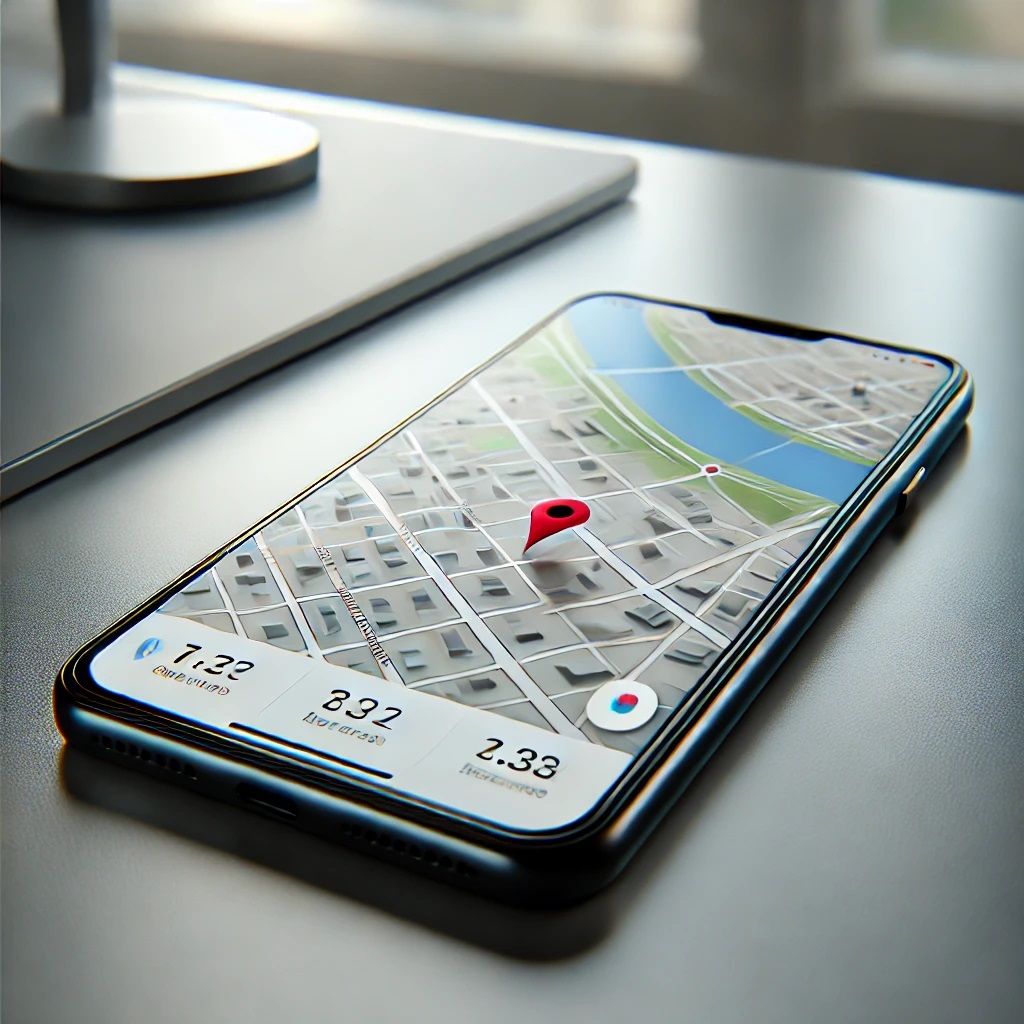As the landscape of Digital Out-of-Home (DOOH) advertising continues to evolve, the integration of geolocation data has become a game-changer for brands looking to maximize the impact of their campaigns. Geolocation Data for DOOH allows advertisers to deliver more targeted, relevant, and timely messages, ultimately enhancing engagement and driving better results.
What is Geolocation Data for DOOH?
Geolocation Data for DOOH is the practice of using precise location-based information to enhance Digital Out-of-Home advertising campaigns. This data is collected from various sources, including GPS-enabled devices like smartphones, connected cars, and other IoT devices. The power of geolocation data lies in its ability to provide real-time insights into the movement patterns, behaviors, and preferences of people as they navigate through different environments.
By integrating geolocation data into DOOH advertising, brands can create highly personalized and contextually relevant campaigns that reach their target audience exactly when and where it matters most. This approach not only increases the relevance of the ads but also drives better engagement and conversion rates.
How Does Geolocation Data Enhance DOOH Campaigns?
- Hyper-Targeted Advertising Geolocation data enables advertisers to create hyper-targeted campaigns that are highly relevant to the audience’s current location. For instance, a brand can deliver an ad for a nearby restaurant to individuals who are within walking distance, increasing the likelihood of immediate action. This level of precision targeting can significantly improve the effectiveness of DOOH campaigns by reaching the right people with the right message at the right time.
- Contextual Relevance By utilizing geolocation data, advertisers can ensure that their ads are contextually relevant. For example, an ad for sunscreen can be displayed in sunny locations or an ad for umbrellas in areas where rain is expected. This contextual relevance not only makes the ad more meaningful to the viewer but also enhances the chances of conversion, as the ad is aligned with the viewer’s immediate needs.
- Real-Time Campaign Adjustments One of the most significant advantages of using geolocation data in DOOH is the ability to make real-time adjustments to campaigns. Advertisers can monitor the movement patterns of their target audience and adjust their ad placements accordingly. For instance, if a particular location experiences a sudden increase in foot traffic, an advertiser can shift more of their budget to display ads in that area, maximizing exposure and impact.
- Measuring Campaign Effectiveness Geolocation data also provides valuable insights into the effectiveness of DOOH campaigns. Advertisers can analyze how foot traffic changes after an ad is displayed, helping them understand the ad’s impact on driving in-store visits or other desired actions. This data-driven approach allows brands to refine their strategies and improve the return on investment (ROI) for future campaigns.
Real-World Examples of Geolocation Data in DOOH
- Coca-Cola Coca-Cola has effectively used geolocation data to elevate its DOOH campaigns. In one notable campaign, Coca-Cola targeted sports fans in and around major stadiums during football matches. By leveraging geolocation data, Coca-Cola displayed ads on digital billboards that encouraged fans to grab a Coke from the nearest concession stand. The ads were triggered when fans were within a specific radius of the stadium, making the message timely and relevant. This approach not only increased brand visibility but also drove immediate sales during the events.
- Nike Nike utilized geolocation data in a DOOH campaign that targeted runners in urban areas. By analyzing the running routes of athletes in cities like New York and London, Nike strategically placed digital ads along these popular paths. The ads promoted the latest running gear and provided motivational messages that resonated with runners in the moment. This highly targeted approach helped Nike engage with its core audience in a meaningful and impactful way.
Best Practices for Using Geolocation Data
- Respect Privacy Regulations While geolocation data offers numerous benefits, it’s crucial to ensure that all data collection and usage comply with privacy regulations such as GDPR or CCPA. Brands should be transparent about how they collect and use geolocation data and obtain the necessary consent from users.
- Integrate with Other Data Sources To maximize the impact of geolocation data, it’s essential to integrate it with other data sources such as demographic information, purchasing behavior, and social media activity. This holistic approach provides a more comprehensive understanding of the target audience and allows for more precise targeting.
- Focus on Real-Time Data The power of geolocation data lies in its real-time nature. Advertisers should prioritize real-time data analysis and be ready to make swift adjustments to their campaigns based on current location trends and audience behavior.
- Test and Optimize Like any other digital marketing strategy, the use of geolocation data in DOOH should be continually tested and optimized. Brands should experiment with different targeting strategies, ad formats, and locations to determine what works best for their specific audience and objectives.
Conclusion
Geolocation Data for DOOH is revolutionizing the way brands connect with their audiences in the physical world. By delivering hyper-targeted, contextually relevant, and timely messages, advertisers can significantly enhance the effectiveness of their campaigns. As illustrated by companies like McDonald’s and Nike, the strategic use of geolocation data can lead to higher engagement, increased foot traffic, and ultimately, better ROI.
At Confirm, we help brands optimize their DOOH campaigns. Contact us today to learn how we can help you harness the power of geolocation data for your next advertising campaign.
